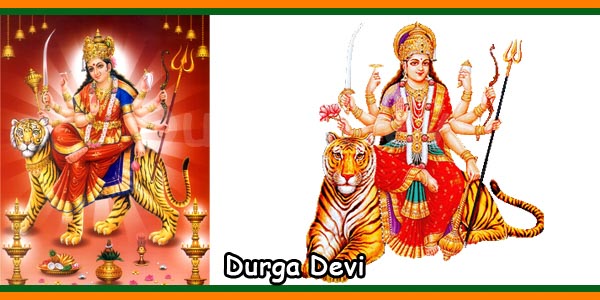In Hinduism, one of the most important forms of worship is regarded as the worship of Mother Goddess as Ambigai, Shakthi or Devi, which is the most ancient form of worship before men attained knowledgeable on other things. This form of worship was predominant throughout the world. Before the beginning of western civilization, the westerners offered prayers to goddess Freia. The ancient Egyptians prayed to Isis, a goddess of enchanting power and divine blessings. The Roman and the Greeks worshipped goddesses such as Hera, Juno, Diana and Venus. In the Far East countries like China and Japan, people worshipped goddesses like Kwan Yin and Amaterasu. Even in Malaya and Indonesia, devotees worshipped goddess Chandi.

Today the goddess worship among the Hindus has taken different forms. There are several village goddesses who take human form. The worship is usually dominated by customs rather than agamas. Every section in the community has its own deity known as the “kula devatha”, who may not have a human form. Usually, they worshiped them in the form of symbols such as lamps, trident, stone pillars, etc. The goddesses preserved in the temples are worshipped in accordance with the agamas. Each goddess may have her own form of poojas and prayers. Shaktham is a sect dedicated to the worship of Shakthi or goddess, which had a variety of sub-sects. Subsequently, it became a part of the six codified system of Hinduism, as devised by Adi Shankara. Consequently, it began to be merged into both Saivaism and Vaishnavism. The worship of Kali is also an ancient practice. The Tamils of earlier times had offered their prayers to Kali as Kaadukizhal, Pazhayol, Moothozh and Kottravai. It can be found that she had been worshipped as Nisumbasoothini, Iyai and Chamundi, after the Sangam period. The Tamil rulers regarded Nisumbasoothini as their kula devatha.
Sri Devi Mahathmiyam is a sacred book that comprises of three historical parts and seven hundred mantras. The three parts describe the killing of Madhukadipa, Mahishasura and Sumbanisumba. During the occasion of the killing of Nisumba, Kali appeared as the one who had killed the three asuras (demons), namely Chandan, Mundan and Rakhthapeejan. This particular form of Kali is known as Nisumbasoothini (the one who killed Nisumba) and the oldest temples found in today are dedicated to this form of Kali. The other forms of Kali include Adhya Kali, Maha Kali and Dasamukhi. She is known as Badrakali or Pathirakali here at this temple, which represents all that is auspicious. The word badra or pathira denotes bliss, peace and auspiciousness. However, at present the word Badra Kali or Pathirakali has attained the opposite meaning.
The Mahakali at Ujjaini, North India, is one of the oldest forms of Badrakali. Ujjaini is the city of Vikramadhitya, the great king whom the folklore has associated with the worship of Sakthi. The city is famous for the birthplace of Kalidasa the greatest Sanskrit poet the world has ever seen and the author of Sakunthalam, Megasandhesam and other literary works.
Appearance of Mother Kali is very natural and one need not be afraid of her appearance. We should pray to her as the personification of peace, tranquillity and auspiciousness. That is the way how Swami Ramakrishna and his disciple Vivekananda worshipped her. We should always remind ourselves the true meaning of Pathira Kali – she is the Blissful One, and the Auspicious One who dwells at this temple as the main deity.
